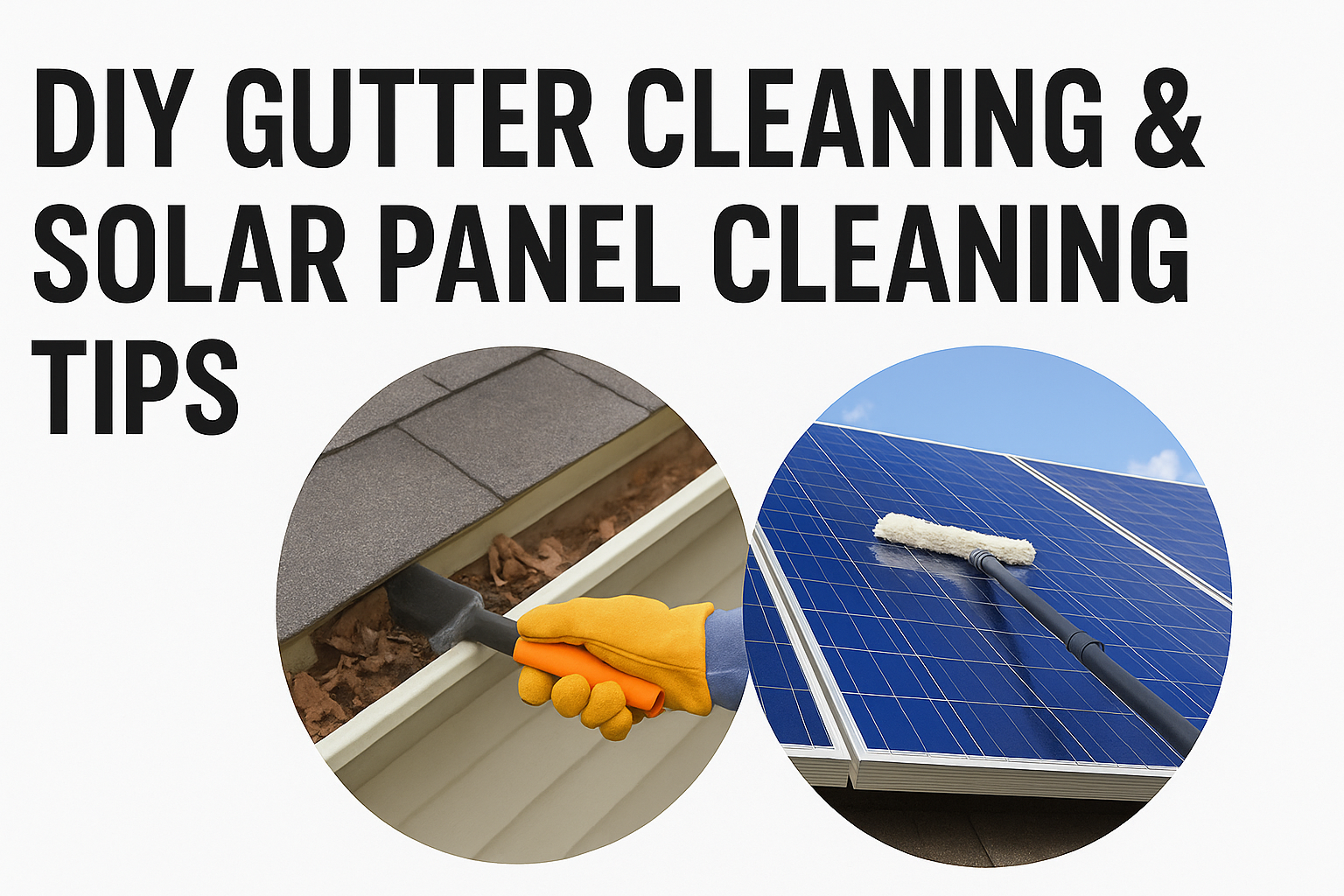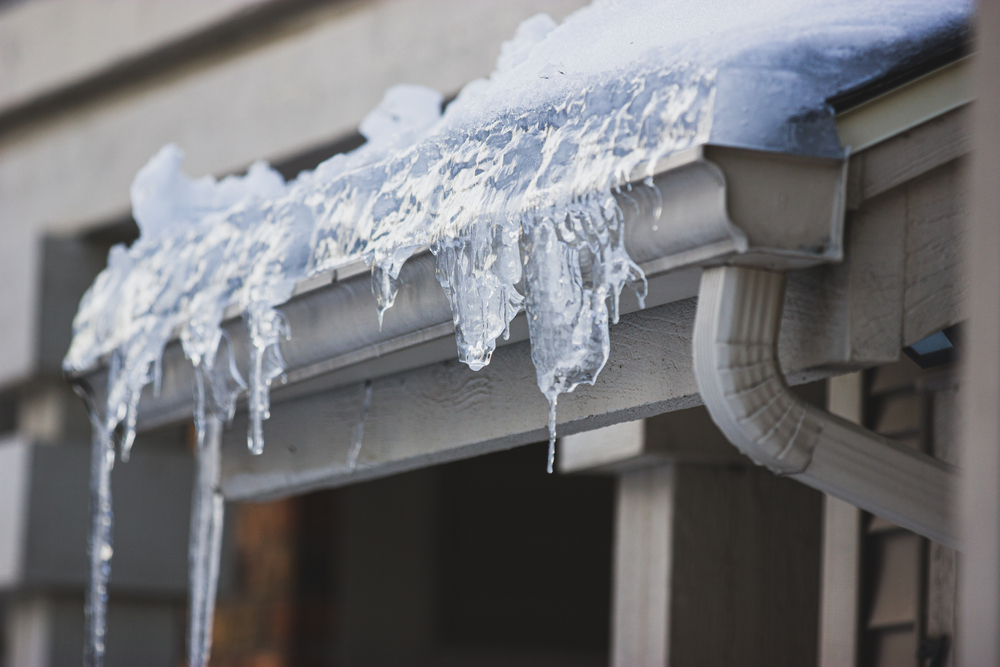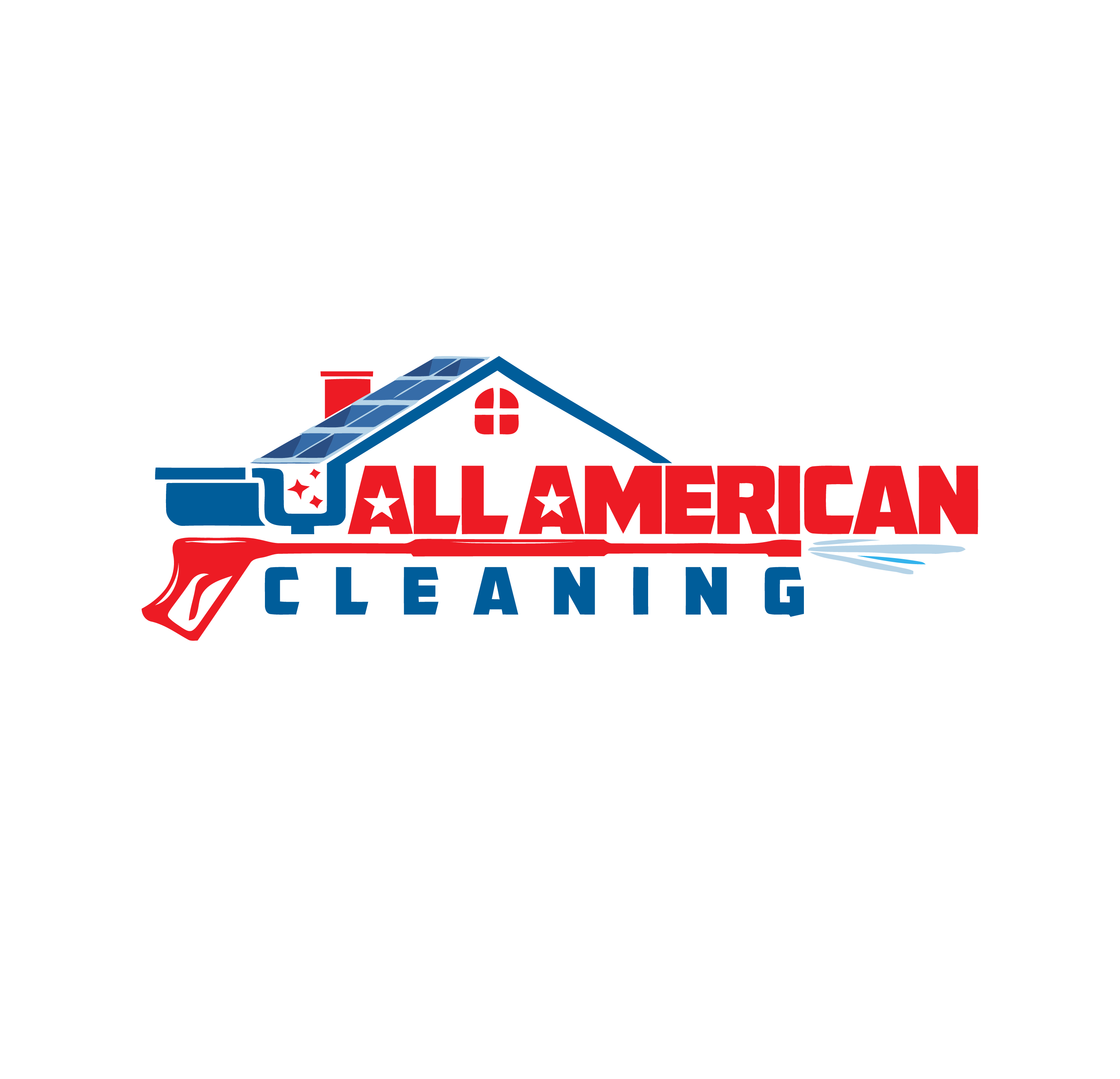Maintaining clean gutters and solar panels is crucial for California homeowners. Debris-clogged gutters can cause rainwater to overflow onto roofs, walls and foundations, leading to leaks, rot, and foundation damage. In wildfire-prone California, leaves and pine needles in gutters can catch embers, igniting homes during a fire. Similarly, dusty or soiled solar panels can lose 15–25% of their energy output compared to clean panels. Regular, safe DIY maintenance prevents these problems; it protects your home’s structure, improves gutter lifespan, and maximizes solar energy efficiency.
Why gutters matter in California
California’s varied climate means different risks apply in different regions. Coastal homes face salt spray, inland homes face dust and pollen, and areas near wildlands must contend with wildfire ash and embers. Therefore, keeping gutters clear reduces water intrusion, prevents pest harboring, and lowers fire risk. In addition, clean solar panels capture more sunlight, so maintaining both systems saves money and reduces long-term hassle.
Gutter Cleaning Frequency & Seasonal Schedule
Plan to clean gutters at least once a year – ideally in late fall before the rainy season. Many experts recommend cleaning twice yearly (spring and fall) for homes surrounded by trees. In California’s climate, cleaning in fall (before winter rains) and spring (after pollen season) helps ensure free drainage. Homes with heavy foliage (e.g. oaks or eucalyptus) may need semi-annual cleanings. Cleaning gutters before fire season (late summer) is also wise: removing dried leaves and needles prevents ember-ignited fires from spreading via your gutters. In short, check and clear gutters regularly, and always before major rains or after large storms, to avoid costly water damage and debris buildup.
Essential Gutter Cleaning Safety
Safety first: Never clean gutters without the right gear. Use a sturdy extension ladder (fiberglass preferred) with skid-resistant feet and a stabilizer bar. Have a partner hold the base if possible. Wear non-slip shoes, eye protection, and heavy-duty gloves to guard against sharp debris. If your roof is steep or you have a multi-story home, consider hiring a professional – falls from ladders cause over 160,000 emergency-room injuries annually. Always place the ladder on solid, level ground and never overreach; move the ladder instead. Use a ladder stabilizer (stand-off) to keep gutters from denting and increase safety. In summary, prioritize personal safety (harness or spotter if needed) whenever working at height.
Gutter Cleaning Tools & Products
Essential tools
Gather these tools for efficient DIY gutter cleaning:
- Gutter scoop or trowel: A plastic scoop (e.g. Amerimax Gutter Getter) can remove large debris quickly. It’s affordable and fits most standard gutters.
- Bucket or tarp: Collect debris safely. A ladder bucket hook can hold tools and catch clippings within reach.
- Garden hose with spray nozzle: After scooping, flush the gutters with water from the highest end to clear remaining dirt and check for blockages.
- Plumber’s snake or downspout auger: For stubborn clogs in downspouts, a hand-crank snake can break up compacted debris.
- Work gloves and safety goggles: Protect your hands from sharp debris and your eyes from splashes.
Optional and power-assisted tools
- Leaf blower / vacuum attachments: Attachments like the Worx LeafJet (fits most blowers) let you blow leaves out from the ground (it reaches about 11 ft). A vacuum kit (e.g. Craftsman wet/dry vacuum attachments) can also suck or blow debris out of gutters.
- Pressure washer wand: A pressure-washer gutter attachment (e.g. Sun Joe SPX-SRL9 Sky Lance) screws onto most washers and directs powerful water up into gutters (reaches about 9 ft). Use cautiously and at low pressure for safety.
- Gutter guards (preventive): Fine-mesh or strip guards can reduce future clogs by blocking leaves while letting water flow. Note that no guard is perfect; cheap sponge inserts can rot, so choose quality guards or opt for professional installation.
- Optional: A leaf blower or vacuum is useful for clearing debris on the ground; pruning shears help with overhanging branches.
Having the right tools – scoops, hoses, blowers, etc. – makes gutter cleaning faster and safer. For example, Bob Vila recommends tools like gutter scoops and leaf-blower kits to remove debris effectively.
Step-by-Step Gutter Cleaning Guide
Inspect First
Check for sagging, loose brackets or damage. Secure any loose sections before cleaning.
Remove Large Debris
Climb safely on the ladder. Starting at the corners and downspouts, scoop out leaves, twigs and muck by hand or with your gutter scoop. Empty it into a bucket or onto a tarp.
Flush Gutters
Use the garden hose with a spray nozzle to flush remaining dirt toward the downspouts. Start at the far end and work toward the downspouts to ensure clear flow.
Clear Downspouts
If water doesn’t flow freely, insert a plumber’s snake or use a pressure attachment from the hose to break clogs. Once clear, run water again to confirm drainage.
Clean Up
Rake or blow gutter debris from the yard. Dispose of organic waste (leaves) in green waste bins. If using a tarp under the gutters, fold it to collect debris in one place. Be careful not to overload your green bin with mud—shake excess water off leaves.
Final Checks
After cleaning, inspect gutters again. Tighten loose screws, straighten bent sections, and ensure downspouts direct water away from the foundation. A properly sloped gutter should drain at about 1/4 inch per 10 feet toward the outlet.
Maintaining a schedule (cleaning late spring and early fall) prevents excessive build-up. Trim back tree branches that overhang gutters to reduce leaf fall. As This Old House advises, cleaning in late spring and late fall and checking after storms keeps drains clear.
Preventive Measures: Gutter Guards & Tree Trimming
To minimize future cleaning, consider installing gutter guards or screens. Quality micro-mesh guards (e.g. Gutterglove Pro) let rain pass while holding back leaves and debris. Guards won’t eliminate maintenance but can greatly reduce clogging. Avoid cheap foam inserts which trap dirt and grow weeds. Also, trim overhanging branches to cut down on debris and shade (helping solar panels too). In fire-prone areas, keep gutters and roofs clear of any flammable material year-round. Together, these preventive steps safeguard your home and make each cleaning quicker.
Why Clean Solar Panels: Efficiency and Output
Clean solar panels are essential for maximum power generation. Dust, pollen, bird droppings and smog can accumulate on panels, reducing their sunlight absorption. Research shows a dirty panel can produce 15–25% less electricity than a clean one. Even in California’s sunniest climate, manual cleaning boosts performance. Sea Bright Solar notes that clean panels significantly improve efficiency and energy yield. Neglecting panel care not only wastes free solar energy, but can also shorten panel lifespan. In dry, dusty areas (common in California), regular cleaning is especially important to maintain output and justify your investment.
Scheduling Solar Panel Cleaning
How often to clean
The optimal cleaning schedule depends on your environment. In dusty or polluted regions, clean panels every 3–4 months; where nature takes care of most debris (e.g. regular rainfall), twice a year may suffice. California homeowners often find spring ideal: it follows winter rains (which wash away grime) and precedes heavy summer dust and pollen.
When to act
Check your panels visually: if you notice a heavy dust layer or your inverter records a drop in output, it’s time to clean. Importantly, always turn off the solar system before cleaning to avoid shock hazards. Clean on a cool, overcast morning or late afternoon (panels shaded or cool), because hot panels can cause cleaning solutions to evaporate too quickly. Avoid midday sun: cleaning while panels are hot can lead to streaking and potential micro-cracks.
Safe Solar Panel Cleaning Best Practices
Gentle solutions
Use mild, non-abrasive cleaners. A few drops of dish soap in a bucket of water is often sufficient. Specialty solar-cleaning solutions (commercially available) are also safe. Avoid strong detergents, bleach or glass cleaners that could etch the panel coating.
Soft tools
Clean with a soft cloth, sponge or brush. Extendable brushes (with soft bristles) allow you to reach panels without walking on the roof. Avoid any abrasive pads or harsh scrubbers that scratch glass.
Water pressure
Use low-pressure water (garden hose or water-fed pole). Never use a high-pressure washer – it can crack panels or break seals. A gentle flow is enough to rinse off dirt after scrubbing.
Timing and roof safety
As noted, clean panels when cool (early morning/evening) to prevent rapid drying. Direct sun can cause soap to streak or spots to form. If reaching panels by ladder or roof, take the same safety precautions as gutter cleaning: use a harness or ladder stabilization. If panels are ground-mounted, cleaning is easier and safer.
Dry thoroughly
After washing, squeegee or wipe panels dry to prevent water spots. Use deionized water if possible, as it leaves no mineral residue.
Solar Panel Cleaning Tools and Products
Handheld and reach tools
Several tools make DIY solar cleaning easier:
- Telescoping wash brush: A flow-through brush (e.g. Camco Flow-Through Wash Brush) is popular. It sprays water through the handle while you scrub and is flexible for roof-mounted or ground panels.
- Long scrub brush with squeegee: Kits like the EVERSPROUT 20-foot Scrub Brush have soft, non-scratch bristles and a built-in rubber squeegee, letting you reach high panels without climbing.
- Squeegee and microfiber scrubbers: For smaller roofs or ground-level panels, a window-squeegee kit can be handy; these have microfiber scrubbers on one side and a soft rubber squeegee on the other.
Advanced and professional-grade systems
- Water-fed extension pole: A water-fed pole kit connects to a garden hose and delivers water to the brush head. These poles telescope and include flexible hoses so you can rinse panels from the ground.
- Deionized water system: For very dirty panels or large systems, a deionized water-fed cleaning system flushes ultra-pure water over panels, requiring minimal scrubbing and preventing spots.
- Safety gear: Don’t forget rubber-soled shoes, sun protection, and for roof work a safety harness. Never stand on panels directly; work on stable rafters or a maintained walkway if possible.
Choosing the right tools depends on your roof height and system layout. Tools with water compatibility and extended reach (like pole brushes) make the job much easier. Ultimately, a simple bucket, mild soap, and soft brush can work for small jobs, but telescoping brushes and water-fed systems are highly recommended for regular cleaning of high or hard-to-reach panels.
Final Tips for California Homeowners
- Combine tasks: When cleaning gutters, also inspect roof and panels for debris. A single ladder trip can serve both jobs if panels are close by.
- Check for warranties: Some solar manufacturers specify safe cleaning methods. Always review your panel and inverter manuals before choosing cleaners.
- Conserve water: In California’s drought climate, be mindful of water use. Use just enough to wash off grime and immediately mop up excess runoff.
- Monitor performance: Keep an eye on your solar output (many inverters display real-time data). A sudden dip could mean your panels need cleaning.
- Call the pros if needed: If cleaning feels unsafe or panels/gutters are very high, hire licensed professionals. Companies often offer gutter and solar cleaning services together.
By following these DIY tips and using proper tools, California homeowners can prevent water damage and wildfire risks from clogged gutters, while ensuring their solar panels operate at maximum efficiency. Regular maintenance – done safely and with the right equipment – pays off in reduced repair costs and higher energy savings over time.
The Ultimate Guide to Eco-Friendly Solar Panel and Gutter Cleaning in Norco, CA (2025)





